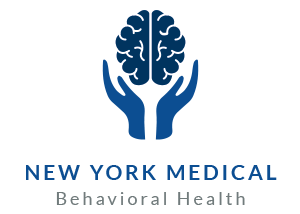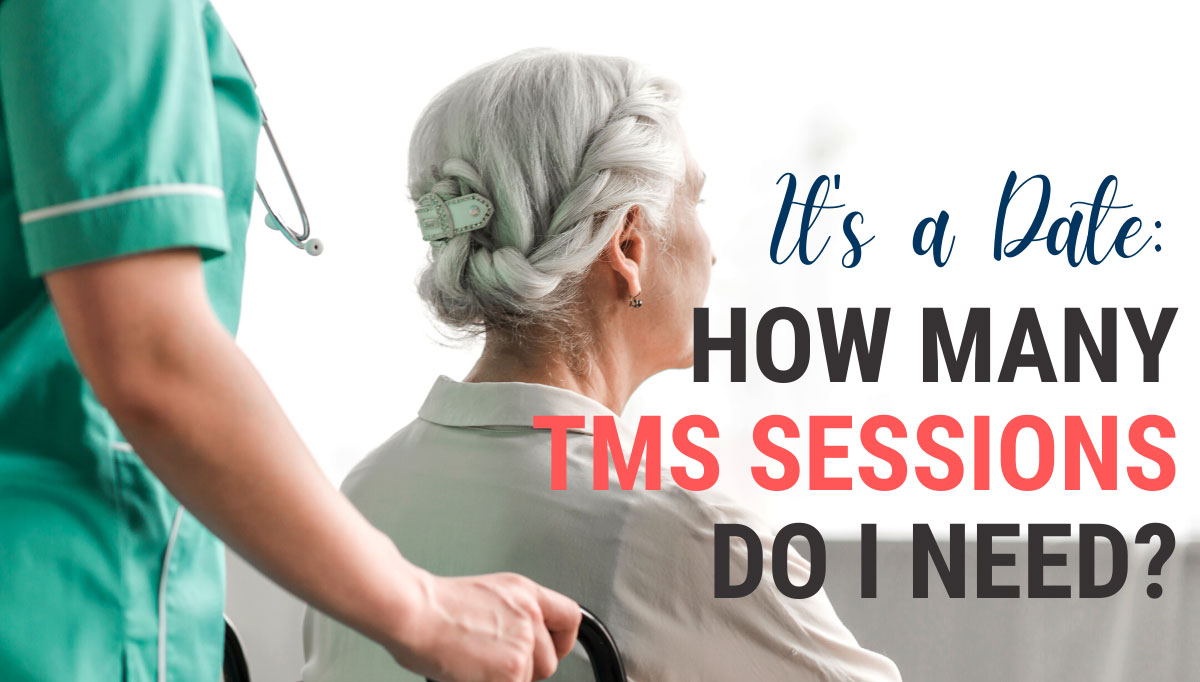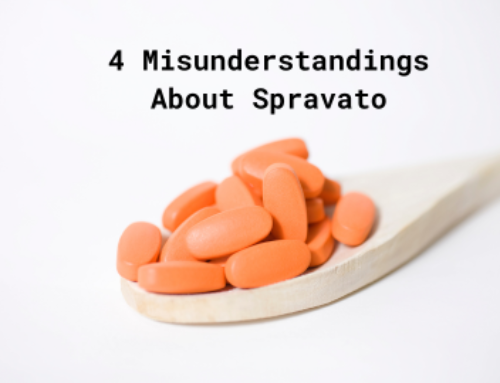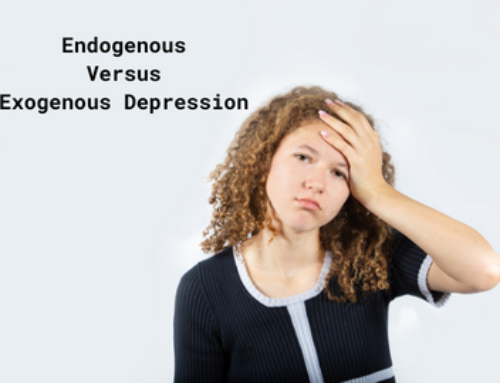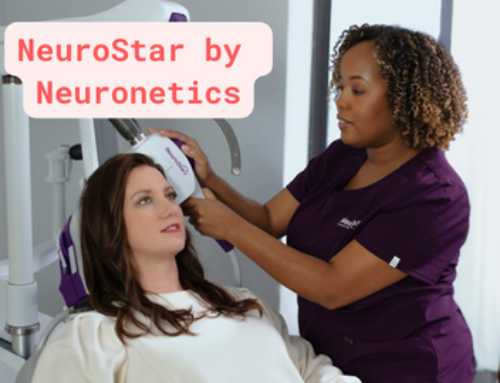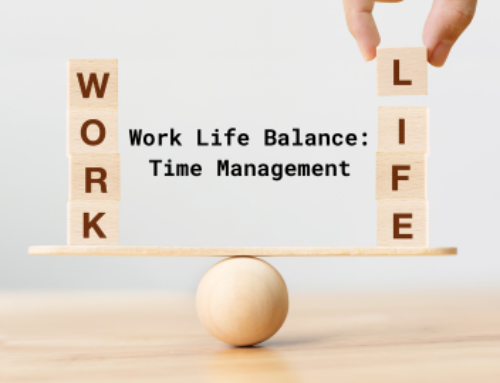How Do We Decide?
When we’re thinking about how many times you should receive TMS, much depends on:
- How bad your major depressive disorder (MDD) is and how often your doctor says you should go.
- What your MDD has and has not responded to already. If your MDD responds well to less frequent and/or aggressive treatment, there may be no need to change.
- Comorbidities may also be a factor, such as anxiety or bipolar disorder.
Fortunately, most cases of MDD respond well to a regimen of therapy, medication, and social support, but in too many cases, that is not enough. In those cases, brain stimulation therapy like TMS can be a good choice. We correlate a patient’s plan with their history and the factors above.
Types of TMS
TMS stands for transcranial magnetic stimulation and manifests in different ways. It joins other methods of brain stimulation therapy that use different methods. TMS is not invasive, but some methods of brain stimulation are invasive. Your frequency of treatment will depend on what kind you’re using.
TMS As A Practice
TMS was first developed in 1985 to learn about how areas of the brain communicate with each other in healthy versus unhealthy ways, and if they could be influenced to communicate better. After much research and many trials over the years, in 2008 the FDA approved TMS using the NeuroStar machine by Neuronetics, Inc.
RTMS
RTMS stands for repetitive TMS. This is typically given 5 days a week for 4-6 weeks or for 20-30 sessions. TMS can take a few treatments to start showing results. Some people start to feel better right away, others may take weeks before seeing an effect. In general, RTMS bears worthwhile results and is well-tolerated.
Theta Burst Stimulation
Theta burst stimulation, or TBS, can also be called Express TMS. This is a new treatment, FDA-cleared in 2018. During a TBS session, the instrument applied to the scalp gives off a magnetic stimulus on the same frequency as the patient’s brainwaves. This method shows much potential, as it takes less time and shows good results. How often to repeat this treatment is still being evaluated on a case-by-case basis.
Deep Brain Stimulation
Deep Brain Stimulation, or DBS, is also called Deep TMS. This is used less often and is different from the other types of brain stimulation therapy. DBS is invasive, implanting electrodes into the patient’s brain under full sedation. At this time, DBS is not used for depressive disorders, but for neurological disorders like Parkinson’s and Dystonia. Even then, DBS is used for patients who have undergone multiple other treatments without getting better. Most patients who receive DBS are participating in a clinical trial.
Your Guides to Better Mental Health
Rochester Holistic Psychiatry is always keeping a close eye on the developing techniques and equipment used to offer brain stimulation therapy. No matter what, our patients’ safety is our highest priority. If your major depressive disorder has not responded to more common treatments like therapy and medication, talk with your physician about whether TMS could be an option.
